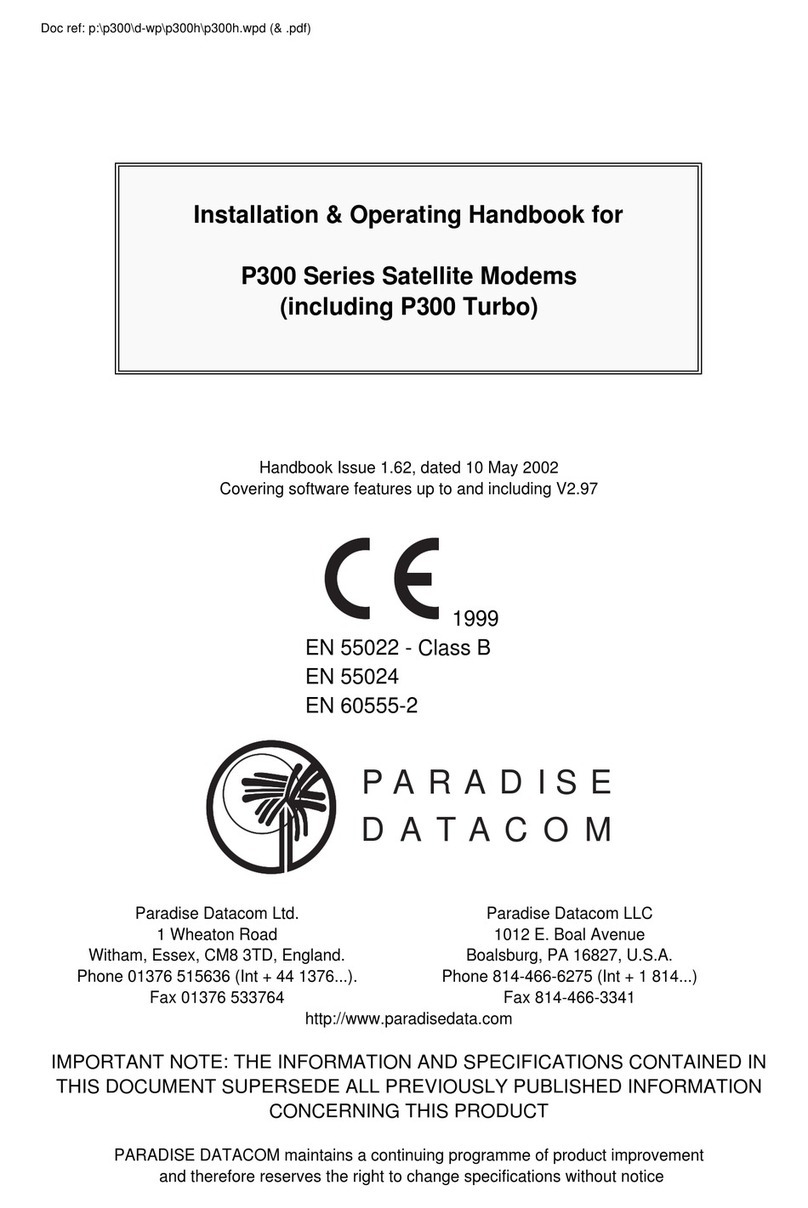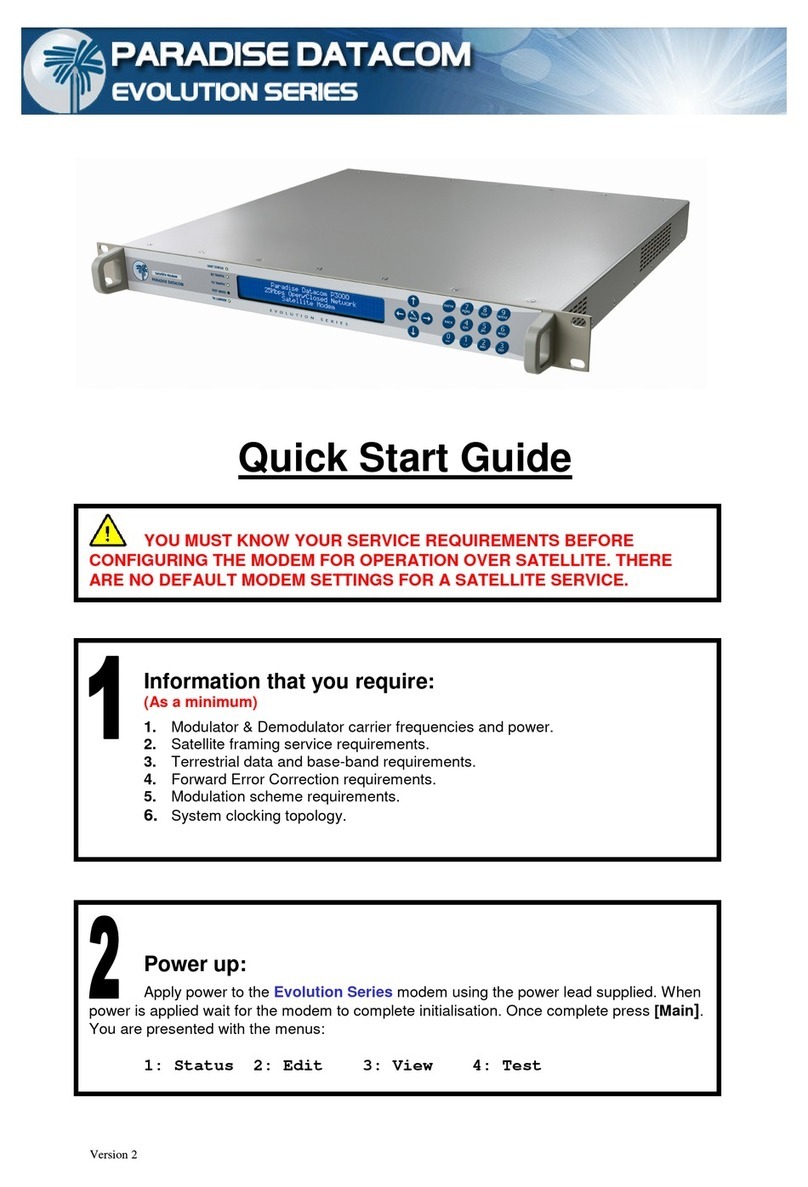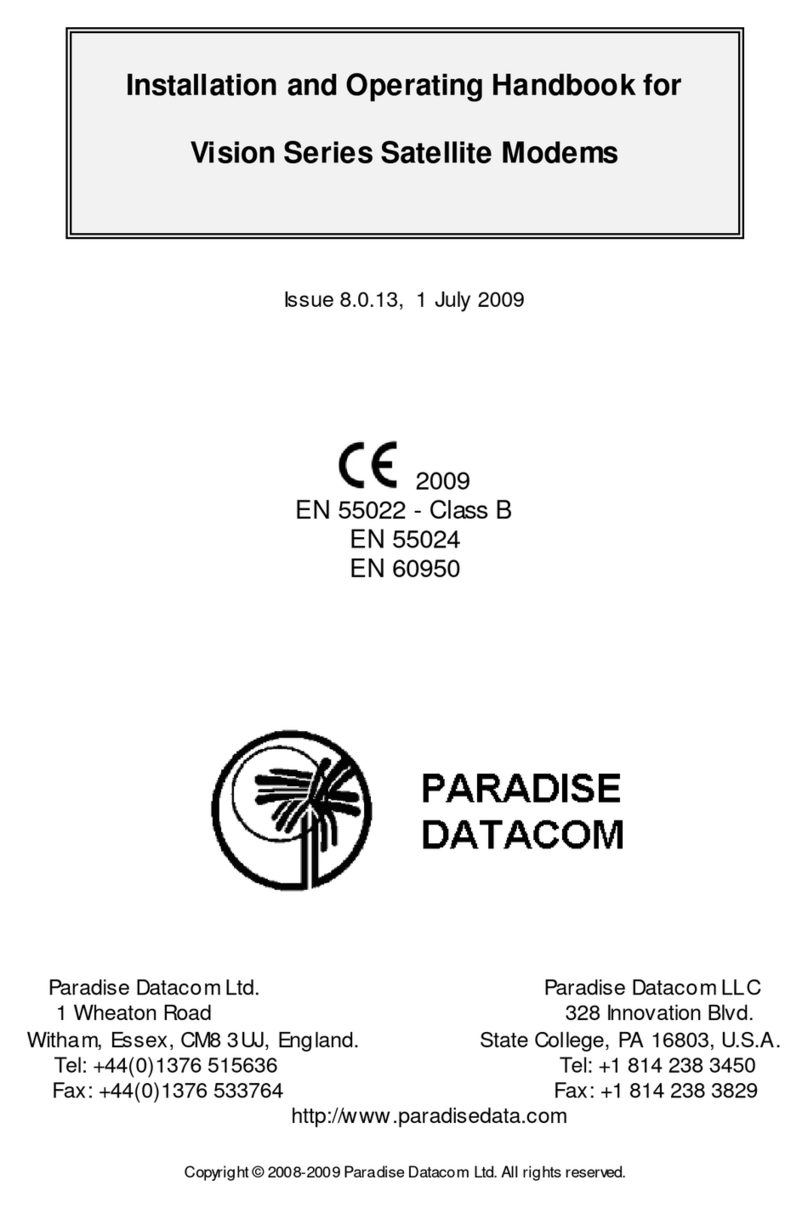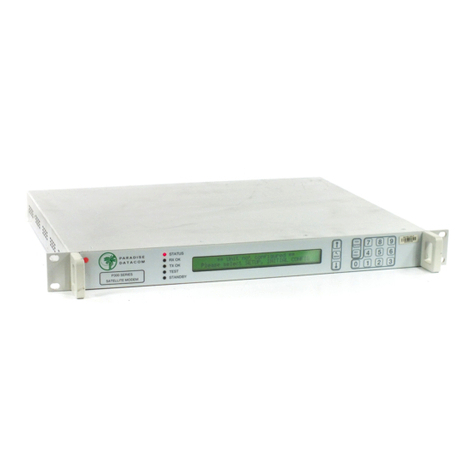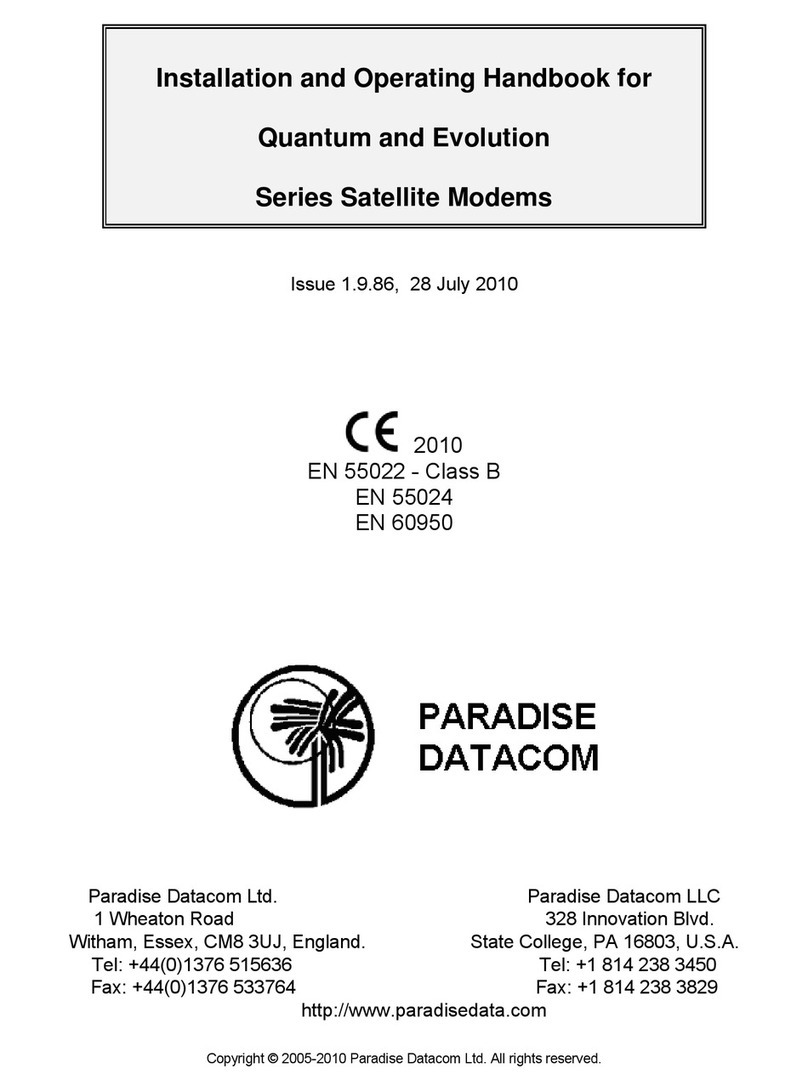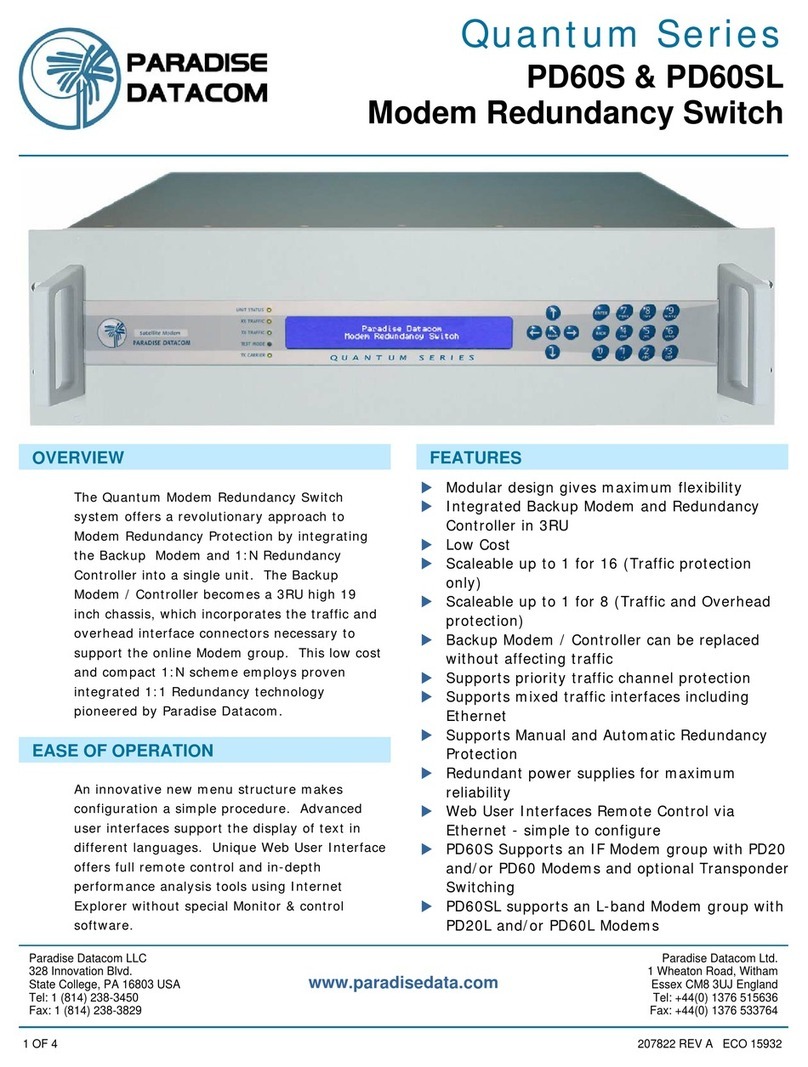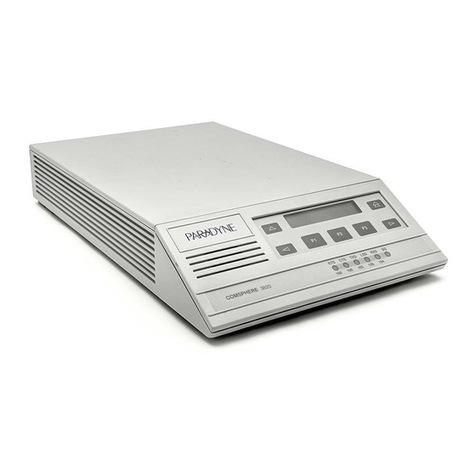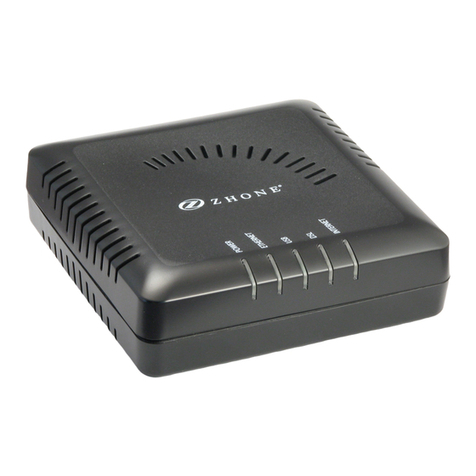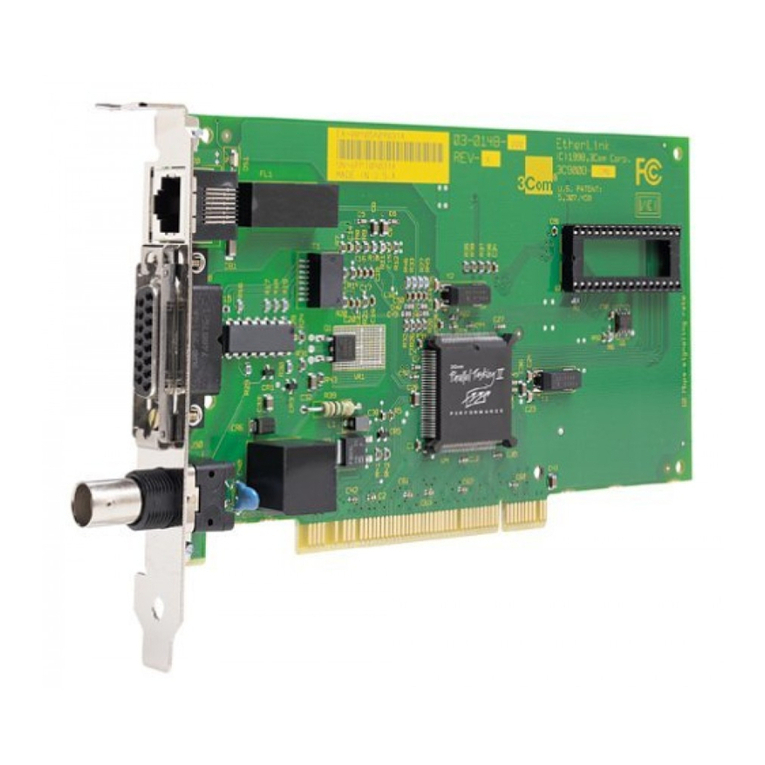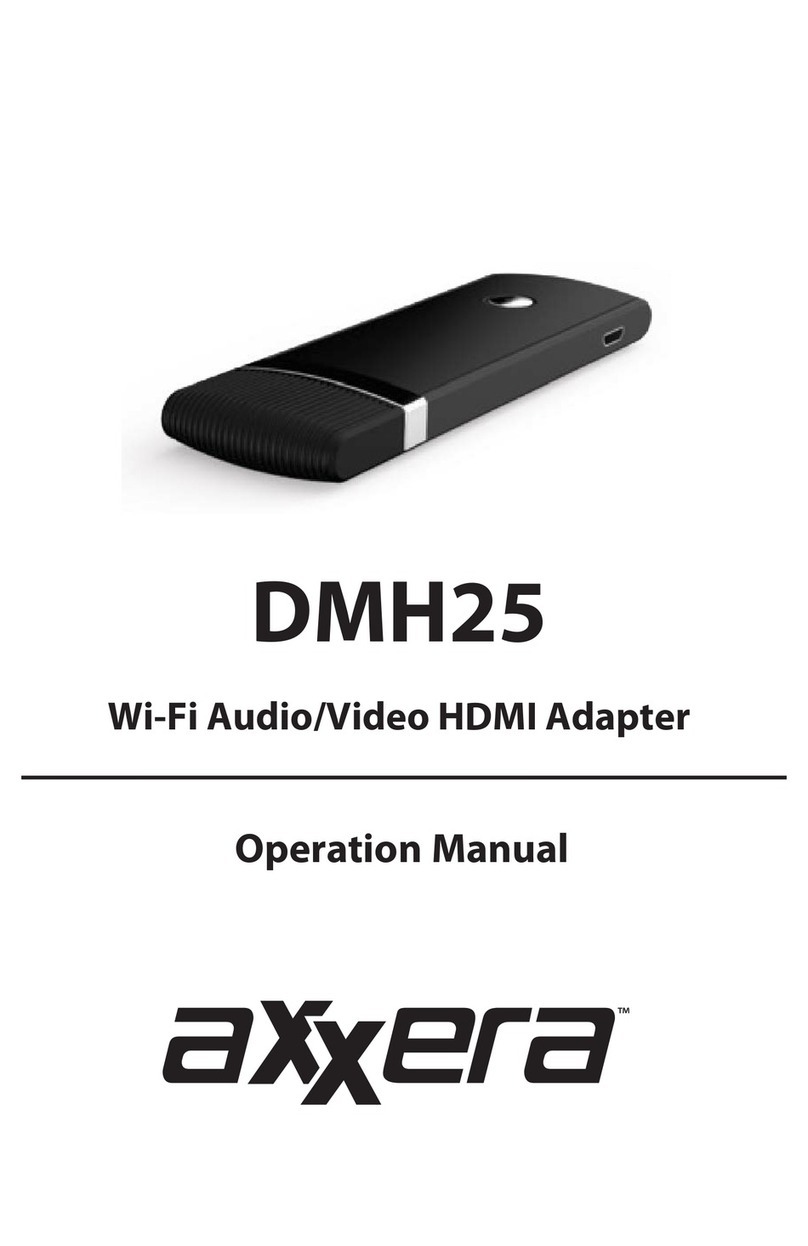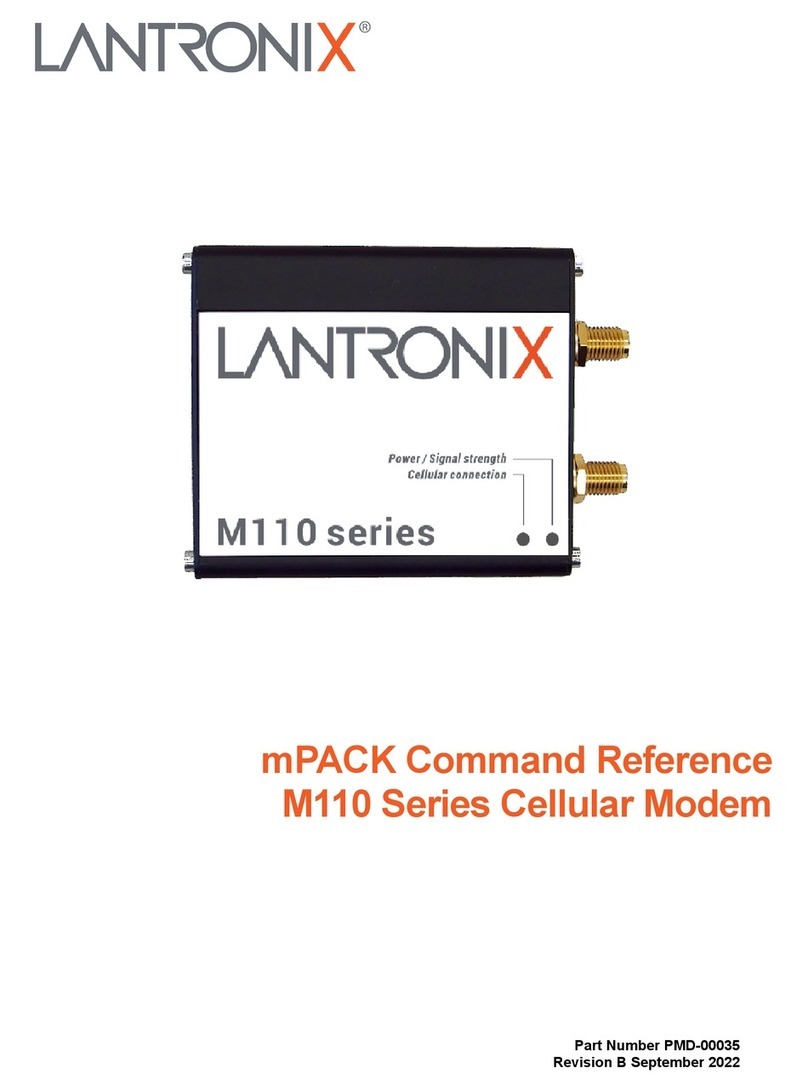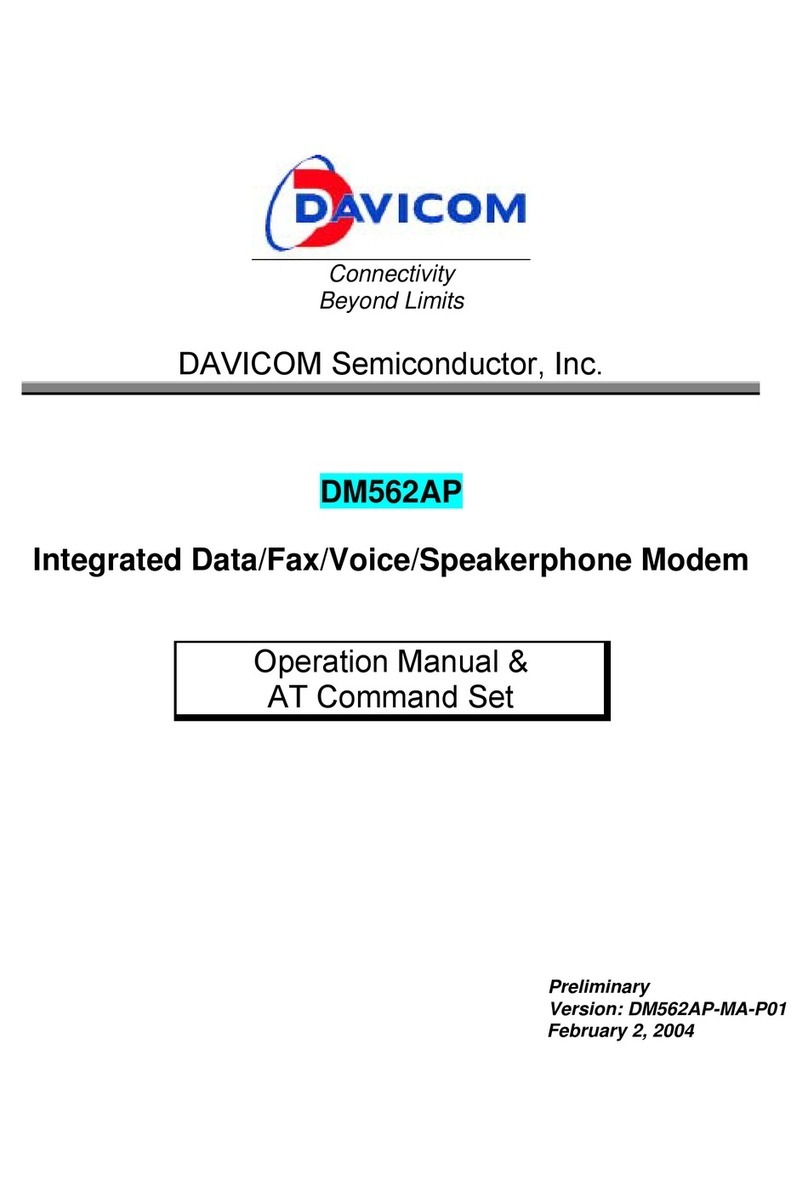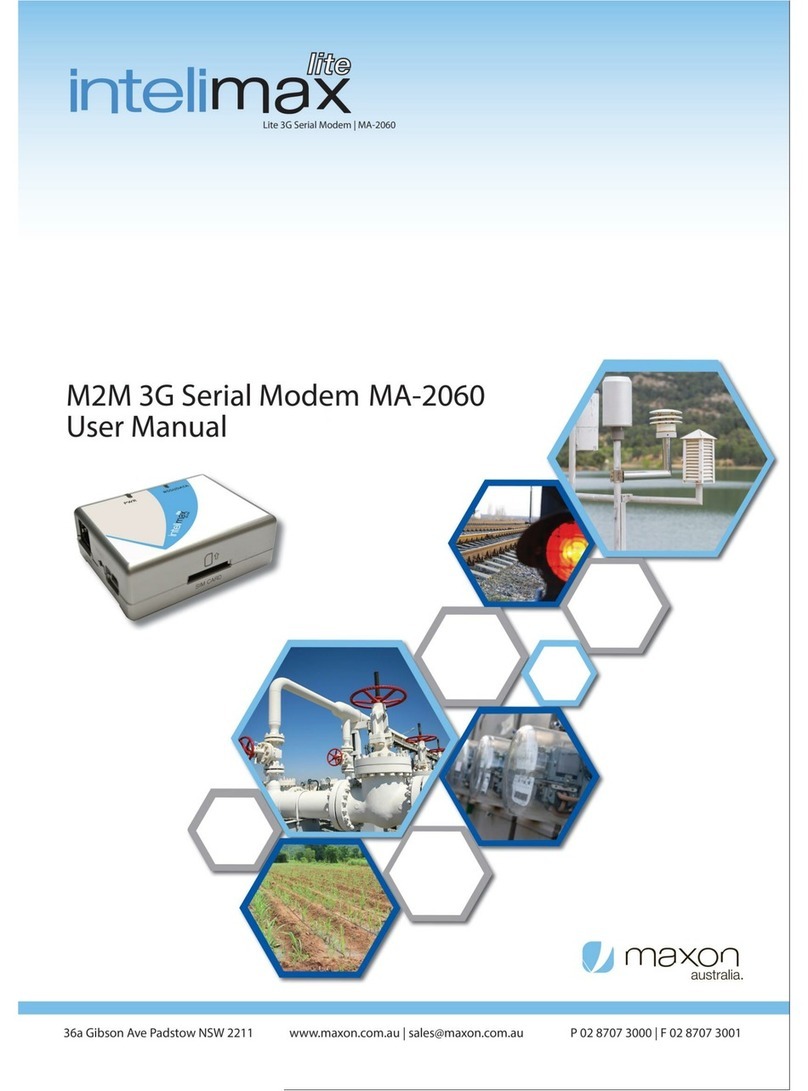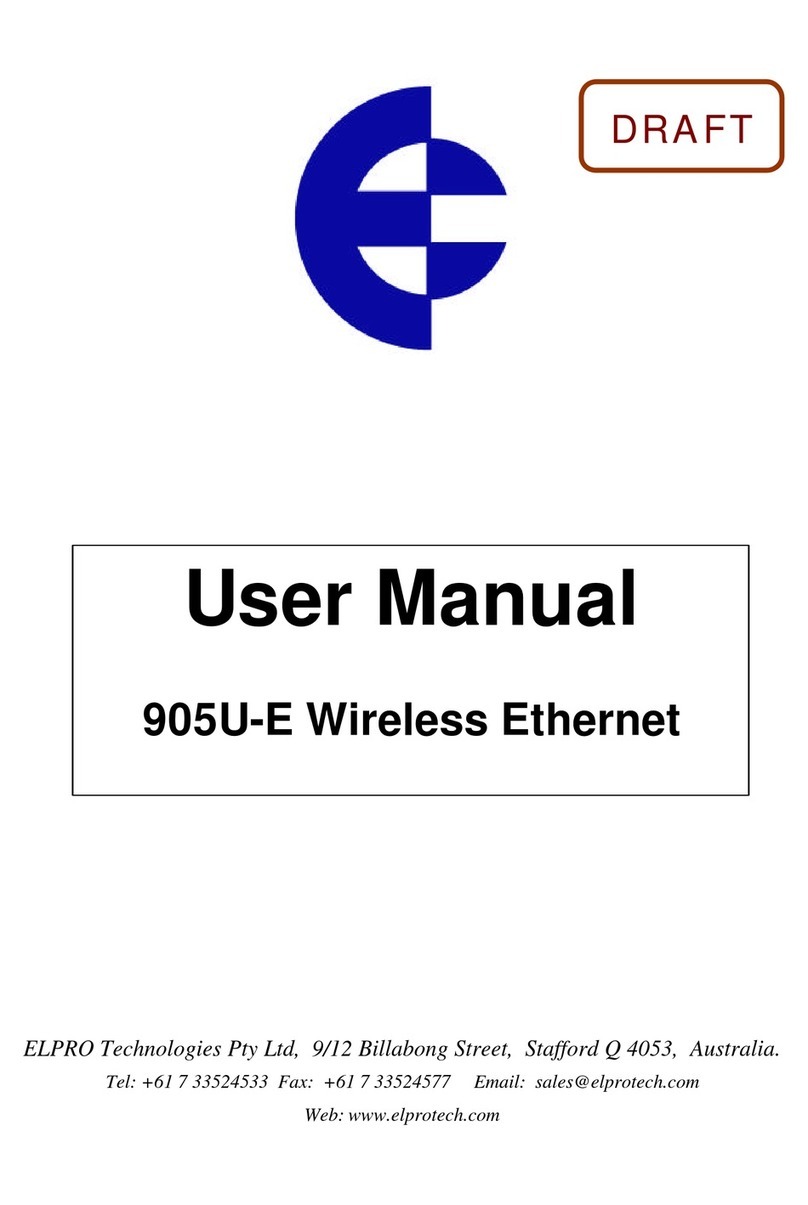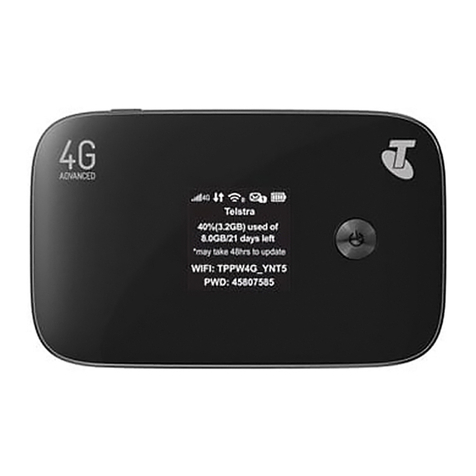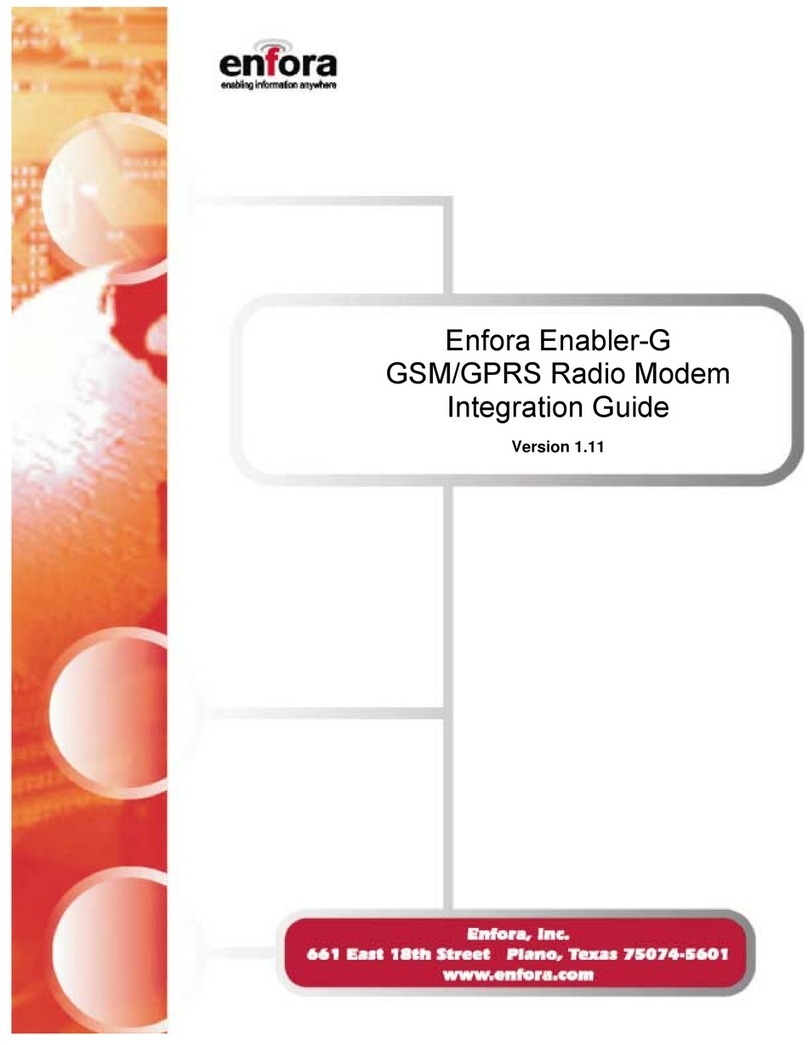
6.6.6Change, Tx/Rx,Baseband, OTHERMenu......................................................................65
6.6.7Change, Tx, CLOCKINGMenu.........................................................................................66
6.6.8Change, Tx, MODULATORMenu.....................................................................................68
6.6.9Change, Tx/Rx, Modulator, IFFREQUENCYMenu.........................................................68
6.6.10 Change, Tx/Rx, Modulator, MODULATIONMenu..........................................................68
OFFSETQPSK(OQPSK) PRIMER...........................................................................................69
6.6.11 Change, Tx/Rx, Modulator, FECMenu...........................................................................69
6.6.12 Change, Tx/Rx, Mod/Demod, REED-SOLOMONMenu................................................71
INTRODUCTIONTOREED-SOLOMON...................................................................................71
6.6.13 Change, Tx/Rx, Mod/Demod,SCRAMBLER Menu.......................................................72
6.6.14 Change, Tx, Modulator, CARRIERMenu.......................................................................74
6.6.15 Change, Tx, Modulator, POWERLEVELMenu.............................................................74
6.6.16 Change, Tx/Rx, Modulator, SPECTRUMINVERTMenu...............................................75
NOTEONBPSKSPECTRUMINVERSION..............................................................................75
6.6.17 Change, Tx, Modulator, AUPC(Software>=V2.12).......................................................75
6.6.18 Change, Tx, Modulator, AUPC, MODEMenu................................................................76
6.6.19 Change, Tx, Modulator, AUPC, MAXMenu....................................................................76
6.6.20 Change, Tx, Modulator, AUPC, MINMenu.....................................................................77
6.6.21 Change, Tx, Modulator, AUPC, SLEWRATEMenu......................................................77
6.6.22 Change, Tx, Modulator, AUPC, TARGETEB/NOMenu................................................77
6.6.23 Change, Tx, Modulator, AUPC, TOLERANCEMenu.....................................................78
6.6.24 Change, Tx, Modulator, AUPC, CARRIERLOSTACTIONMenu.................................78
6.6.25 Change, Tx/Rx, ESC/AUX/BAMenu...............................................................................79
6.6.26 Change,Tx/Rx, ESC/Aux/BA,DEFINE(IDR) Menu......................................................79
6.6.27 Change,Tx/Rx, ESC/Aux/BA,DEFINE(IBS) Menu.......................................................81
6.6.28 CustomIBS OverheadAllocation....................................................................................83
6.6.29 Change, Tx/Rx, ESC/Aux/BA,ASYNCESCMenu........................................................84
6.6.30 Change,Tx/Rx, ESC/Aux/BA, ConfigAsync, BAUDRATEMenu.................................85
6.6.31 Change,Tx/Rx, ESC/Aux/BA, ConfigAsync, FORMATMenu......................................85
6.6.32 Change,Tx/Rx, ESC/Aux/BA, ConfigAsync, SETASREMM&C.................................85
6.6.33 Change, Tx/Rx, ESC/Aux/BA, INTERFACESMenu......................................................86
6.6.34 Change, Tx/Rx, ESC/Aux/BA, AUDIOLEVELSMenu...................................................87
6.6.35 Change,Tx/Rx, ESC/Aux/BA, BACKWARD ALARMSMenu........................................88
6.7CHANGE, RX MENU.........................................................................................................................89
NOTEON RX=TXFUNCTION...................................................................................................89
6.7.1Change, Rx, SERVICEMenu............................................................................................90
6.7.2Change, Rx, BASEBANDMenu........................................................................................90
6.7.3Change,Rx, BUFFER/ CLOCKINGMenu.......................................................................92
6.7.4Change, Rx, Buffer / Clocking, STATIONCLOCKMenu.................................................92
6.7.5Change, Rx, Buffer / Clocking, RXCLOCKMenu............................................................93
6.7.6Change, Rx, Buffer / Clocking, BUFFERSIZEMenu.......................................................94
6.7.7Change, Rx, Demod,Menu...............................................................................................96
6.7.8Change, Rx, Demod,IFFREQUENCYMenu..................................................................96
6.7.9Change,Rx, Demod,MODULATION Menu.....................................................................96
6.7.10Change, Rx, Demod,FECMenu.....................................................................................96
6.7.11 Change, Rx,Demod, REED-SOLOMONMenu.............................................................96
6.7.12Change, Rx, Demod, SCRAMBLERMenu.....................................................................96
6.7.13 Change, Rx,Demod, SPECTRUMINVERTMenu........................................................96
6.7.14Change, Rx, Demod, SWEEPMenu...............................................................................97
6.7.15 Change, Rx, Demod, AUPCMenu..................................................................................98
6.7.16 Change, Rx, ESC/AUX/BAMenu....................................................................................98
6.7.17 Change, Rx,RX=TXMenu..............................................................................................98
6.8CHANGE, TERR-INTFCMENU.......................................................................................................99
6.8.1Change, Terr-intfc, ELECTRICAL.....................................................................................99
6.8.2Change,Terr-intfc, CONTROLLINES............................................................................100
6.8.3Change, Terr-intfc, CARDSPECIFIC.............................................................................101
